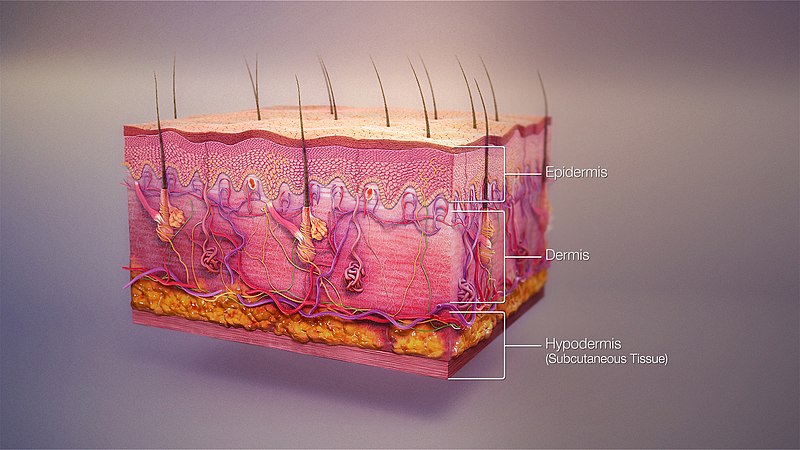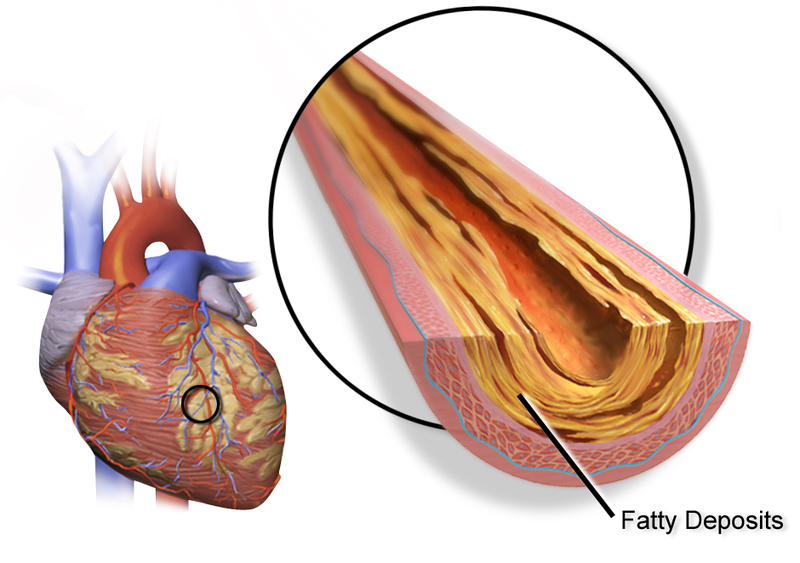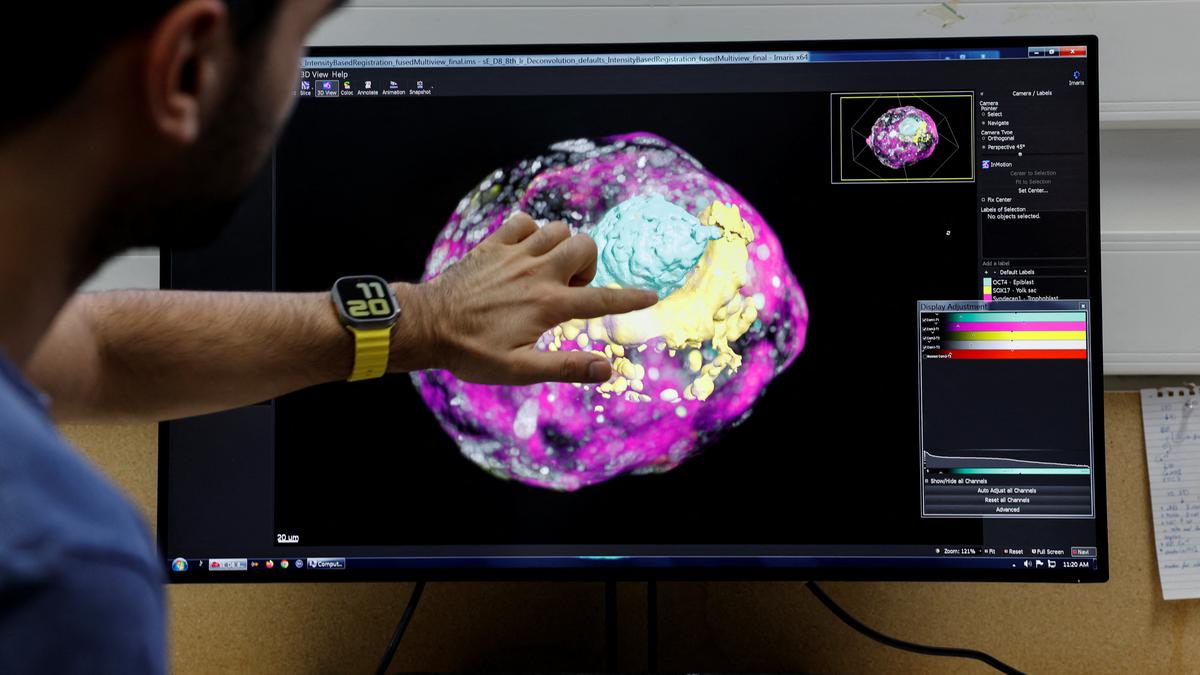According to Paul Markille, Innovation editor at the Economist, we are beginning to see the end of the era of mass production. For the past several decades the calculation of comparative advantage in manufacturing put worker wages at the top of the list of considerations but that is changing, especially for higher tech products.
Markille notes there are five technological trends converging. First, ever improving computer software is allowing design, testing and production to occur more quickly. Second, new materials like carbon fiber and nanoparticles are changing the way things are made often with less human involvement in assembly. Third, the revolution in robotics is allowing robots to more cheaply produce better products. Fourth, online manufacturing services are allowing anyone with a computer to become a manufacturer. And fifth, new production processes like 3-D printing are allowing manufacturers to produce finished goods that can be more easily customized and scaled for mass output.
According to the Boston Consulting Group, there are seven sectors that are likely to shift back to the United States: transport goods, appliances and electrical equipment, furniture, plastic and rubber products, machinery, fabricated metal products, and computers and electronics.
In the United States manufacturing employment reached a peak of 20 million in 1979 and then plummeted to 12 million manufacturing jobs that exist today. With wages rising at 15 to 20% a year in Asia and the factors mentioned above the manufacturing jobs pendulum is swinging back toward the US. Without a doubt China will continue to be a major manufacturer especially because of its growing middle class but the “giant sucking sound” of jobs leaving the US is finally being tempered.





